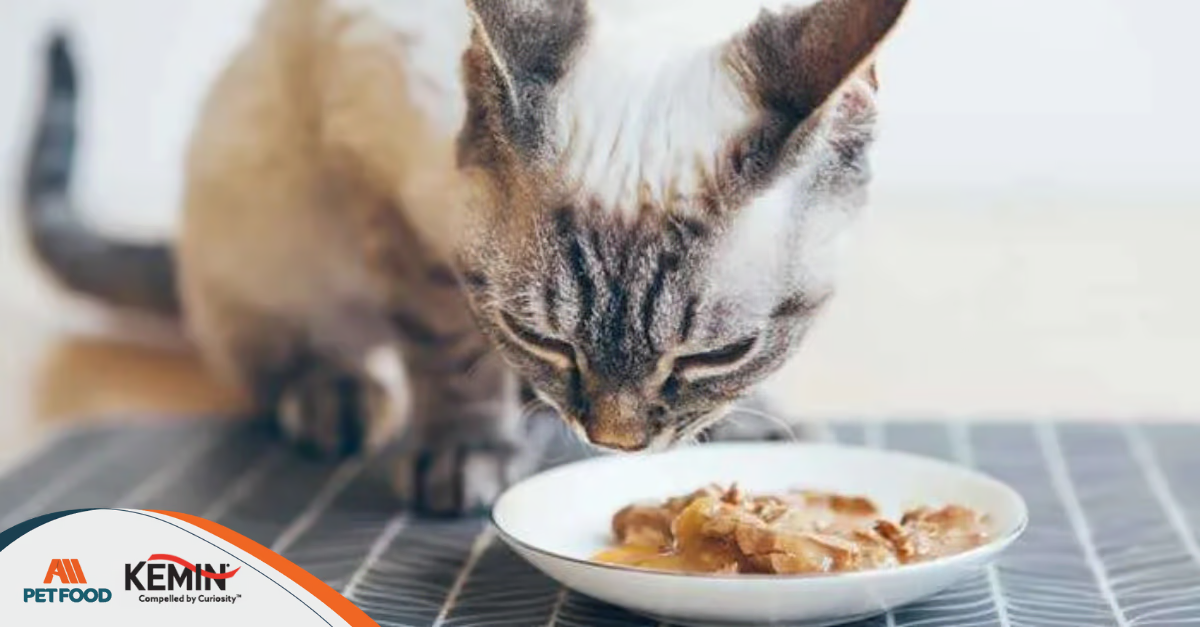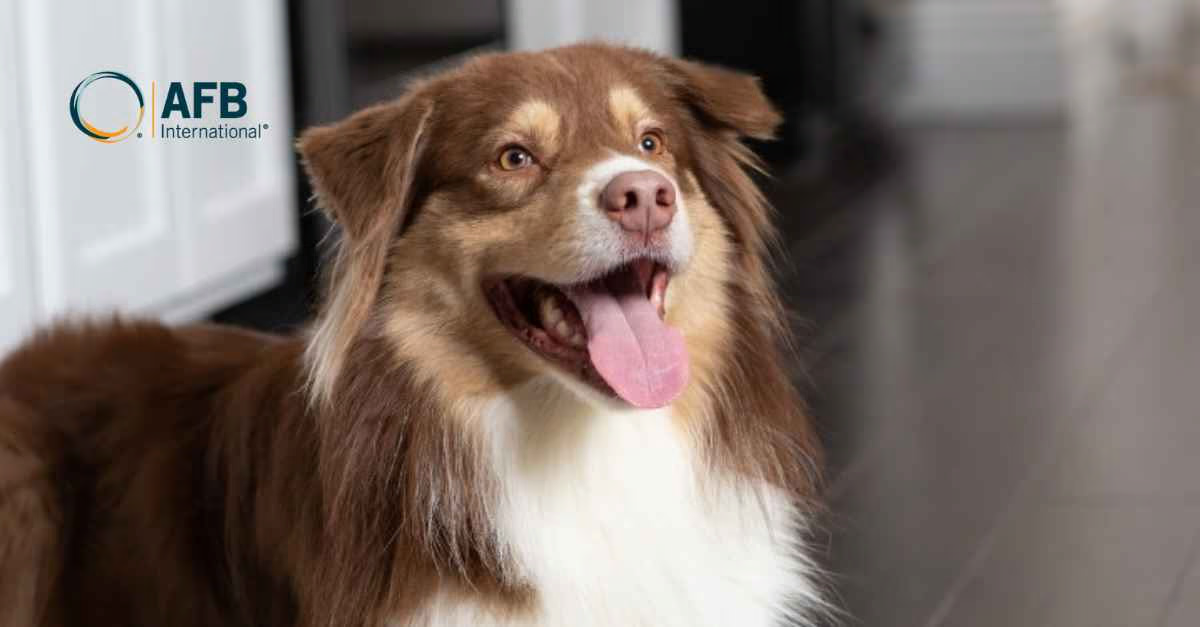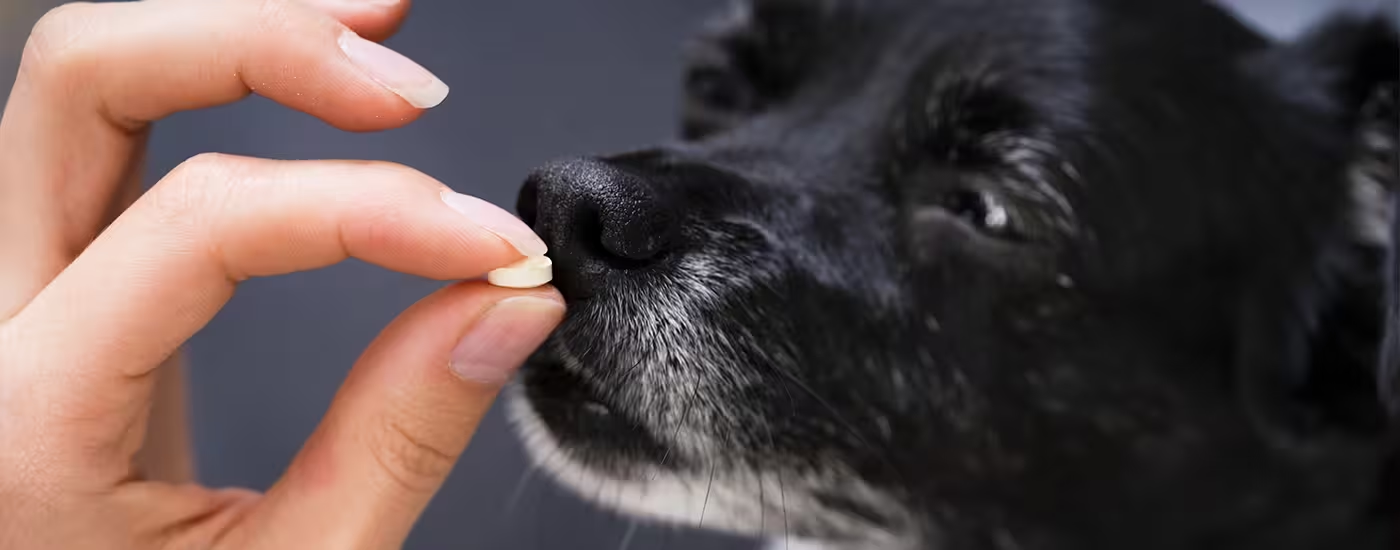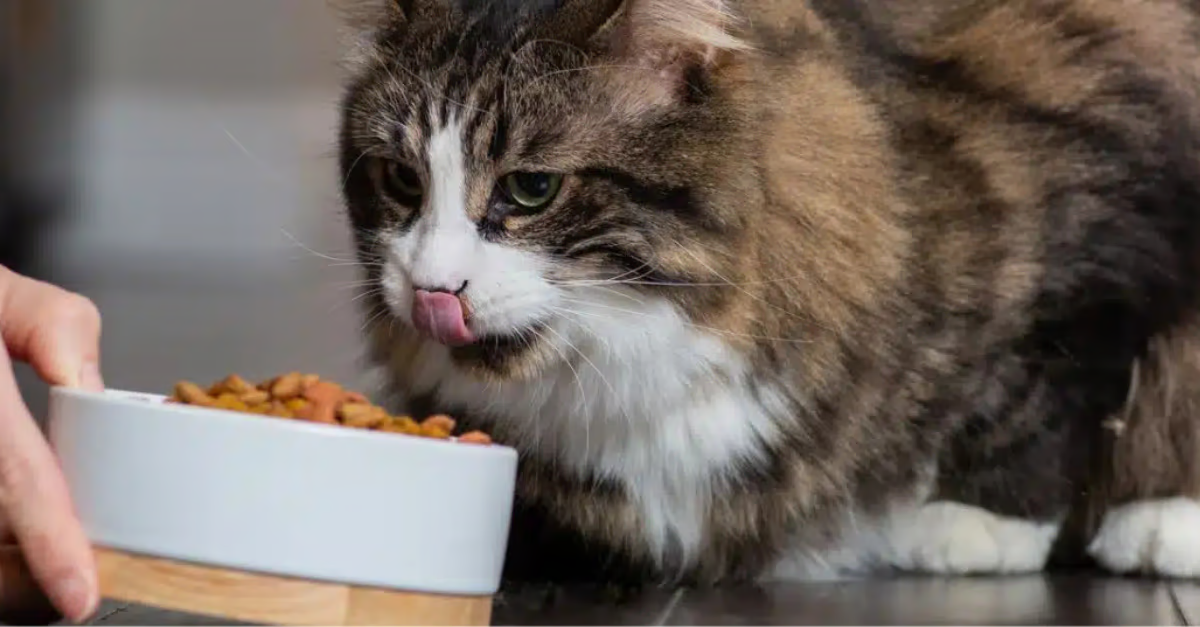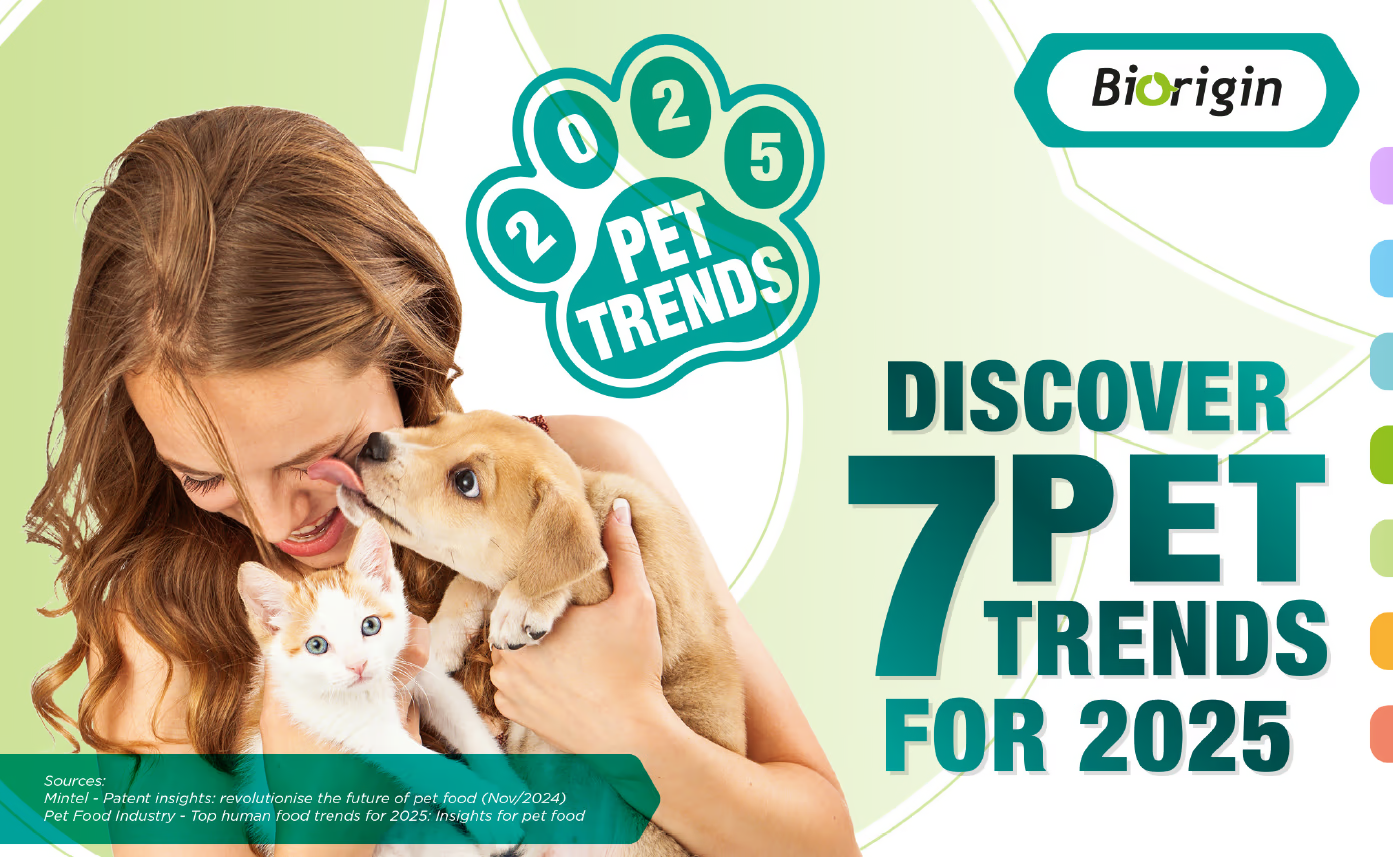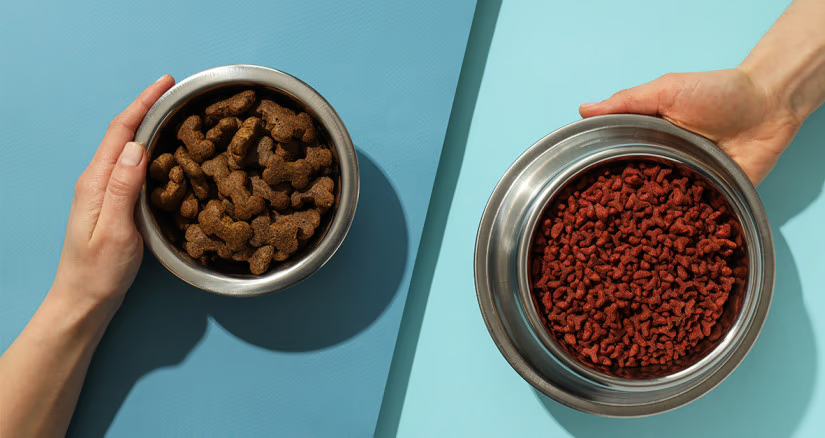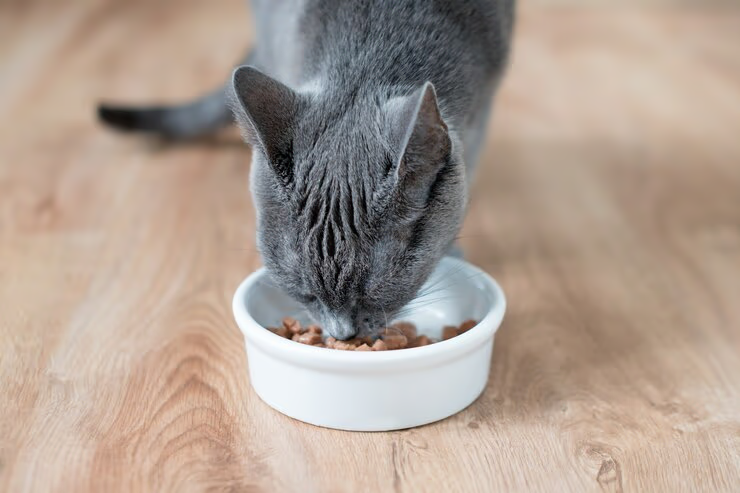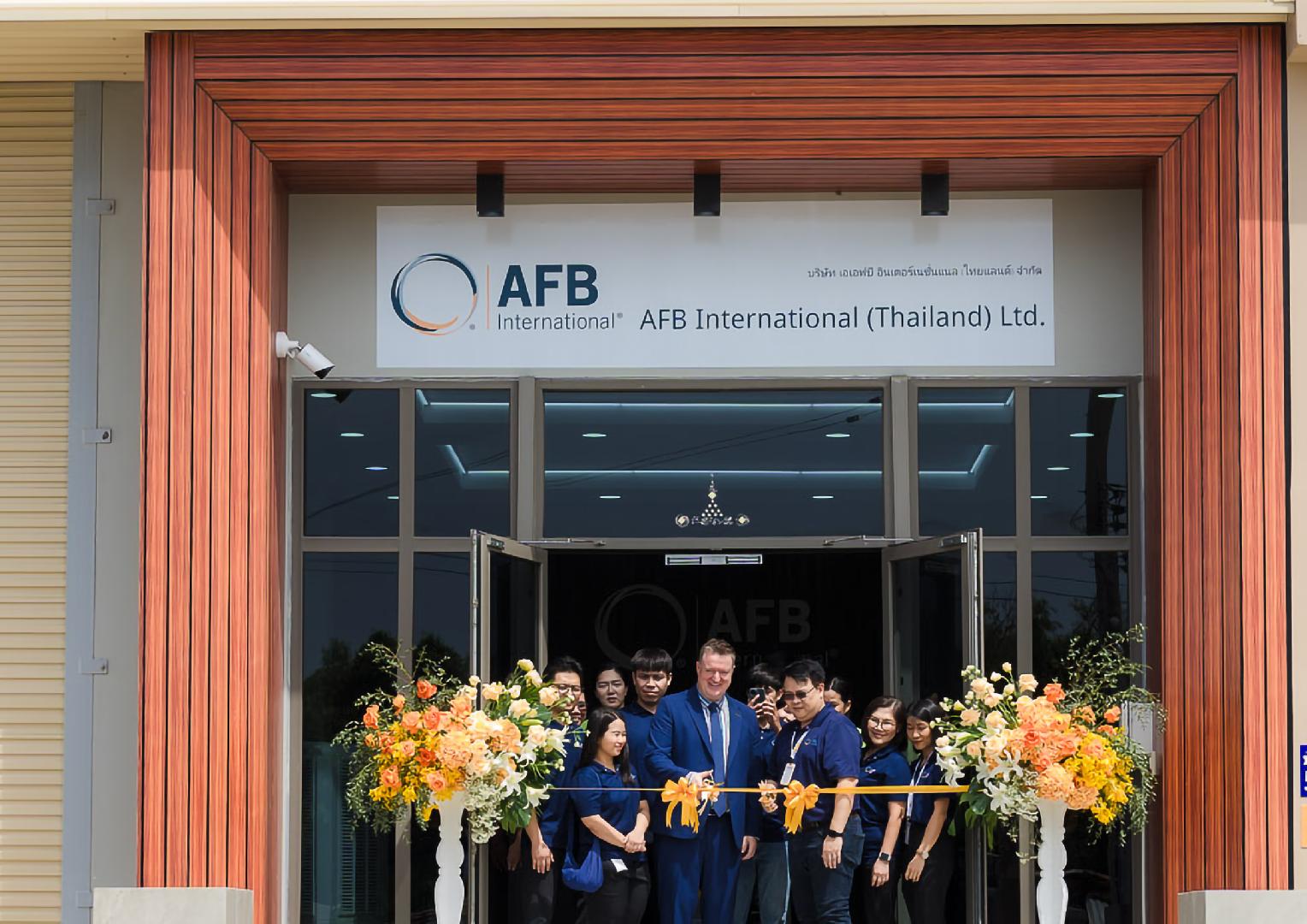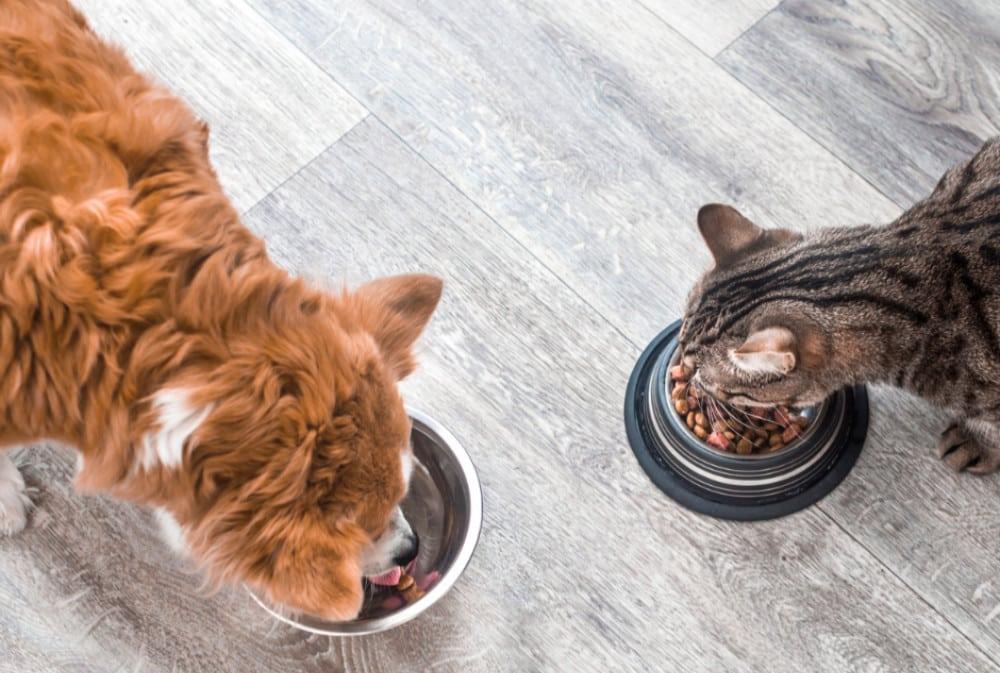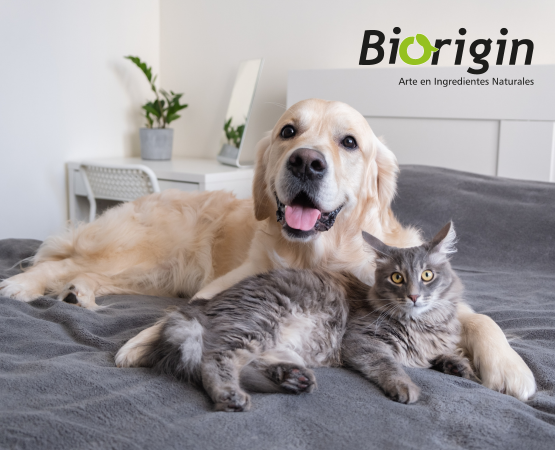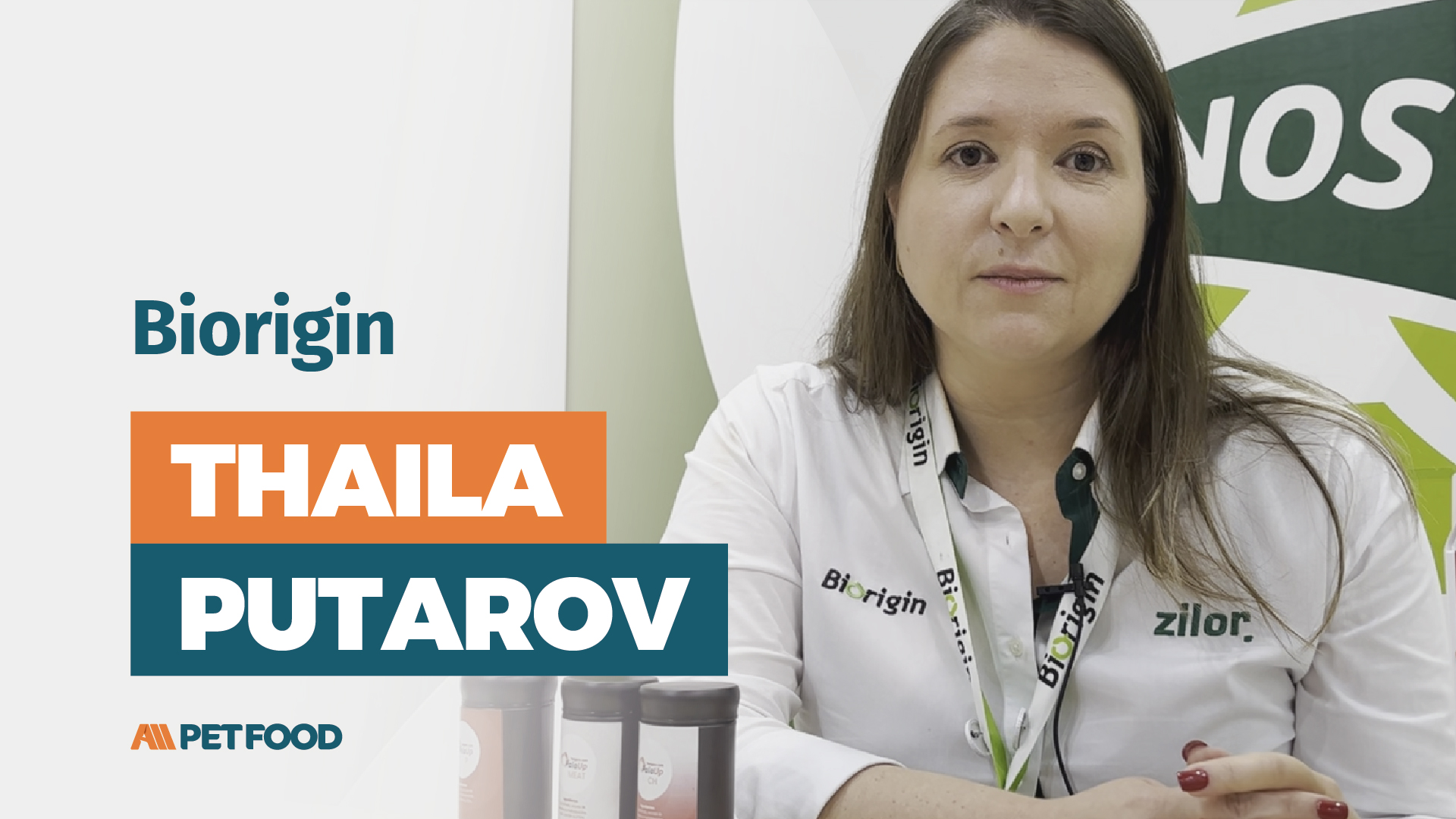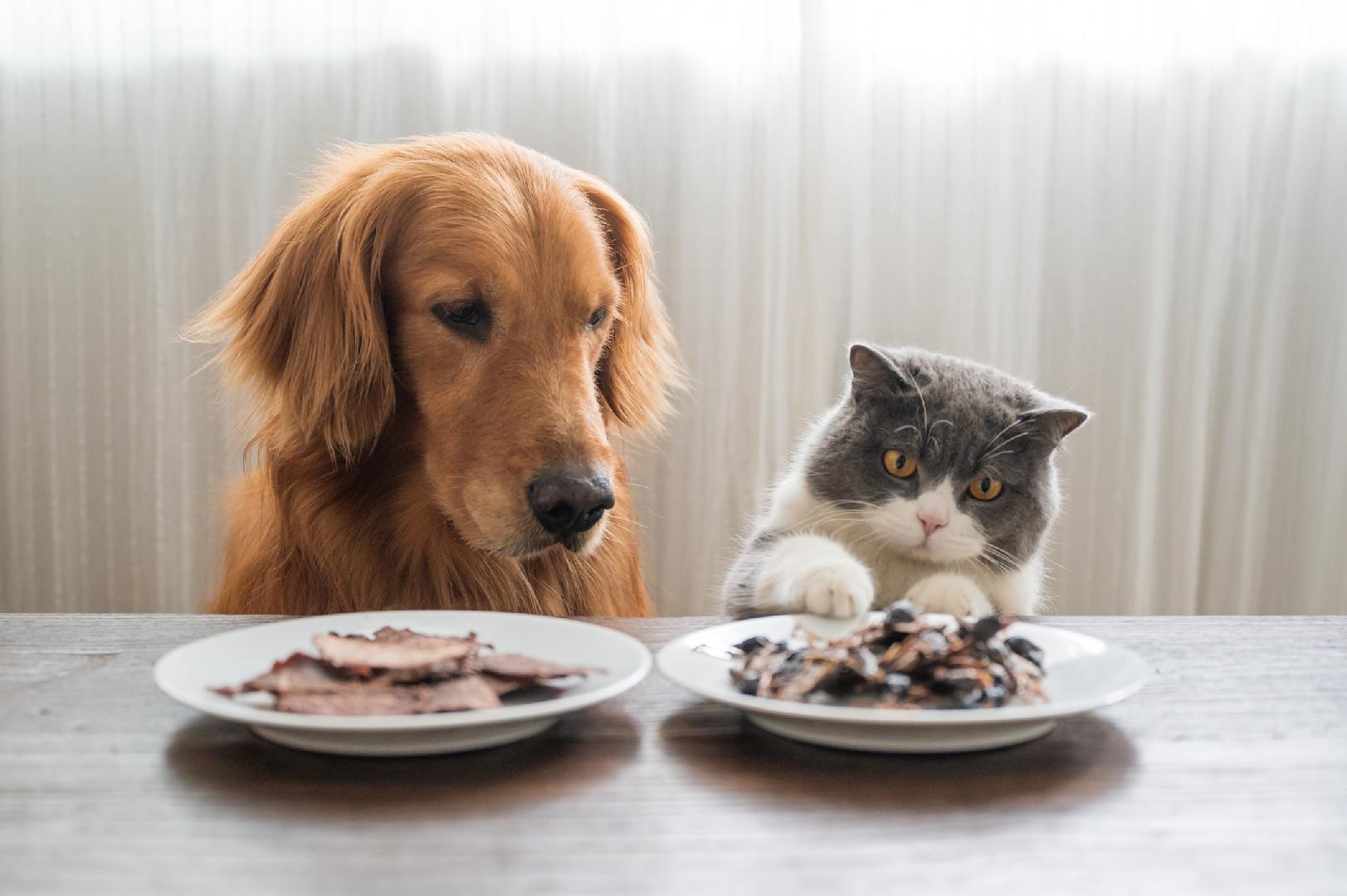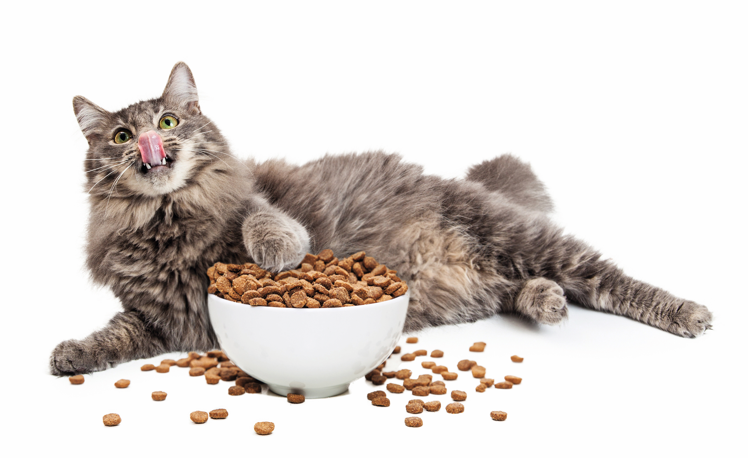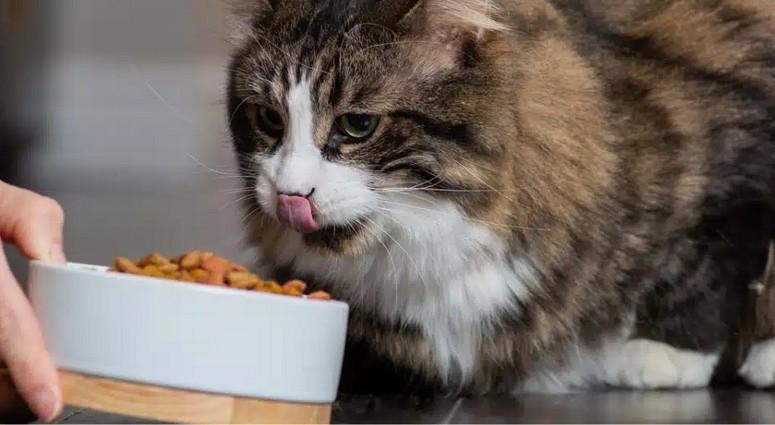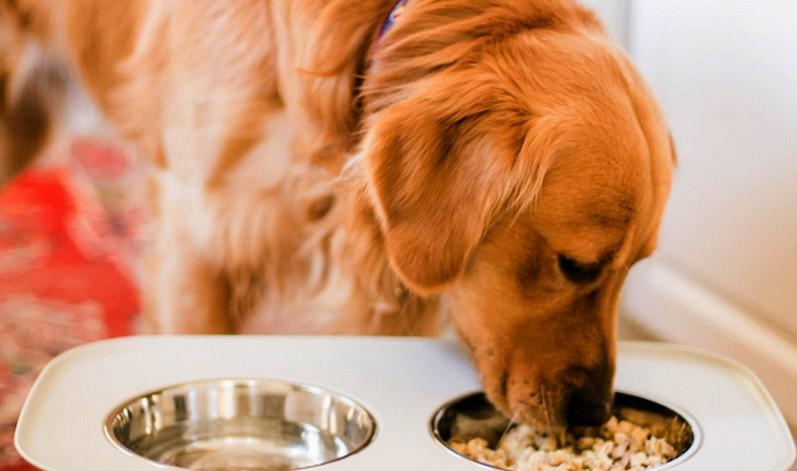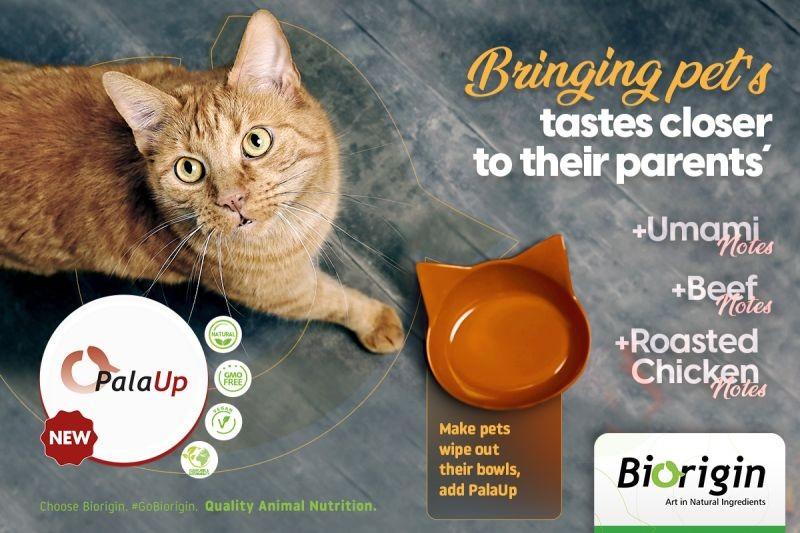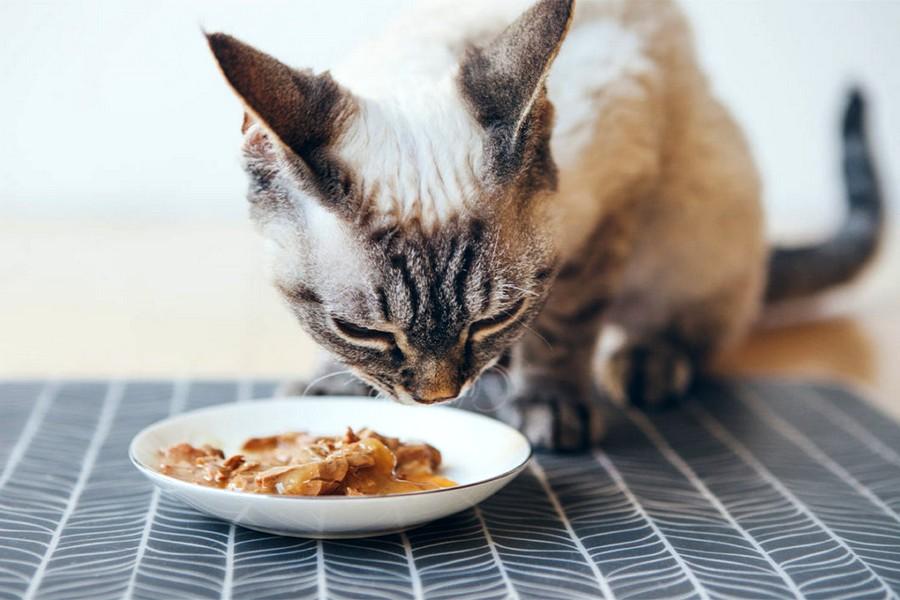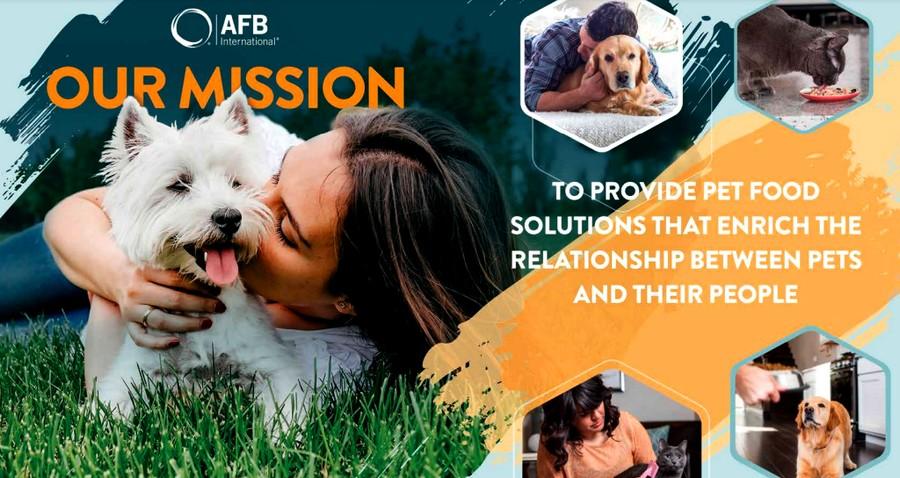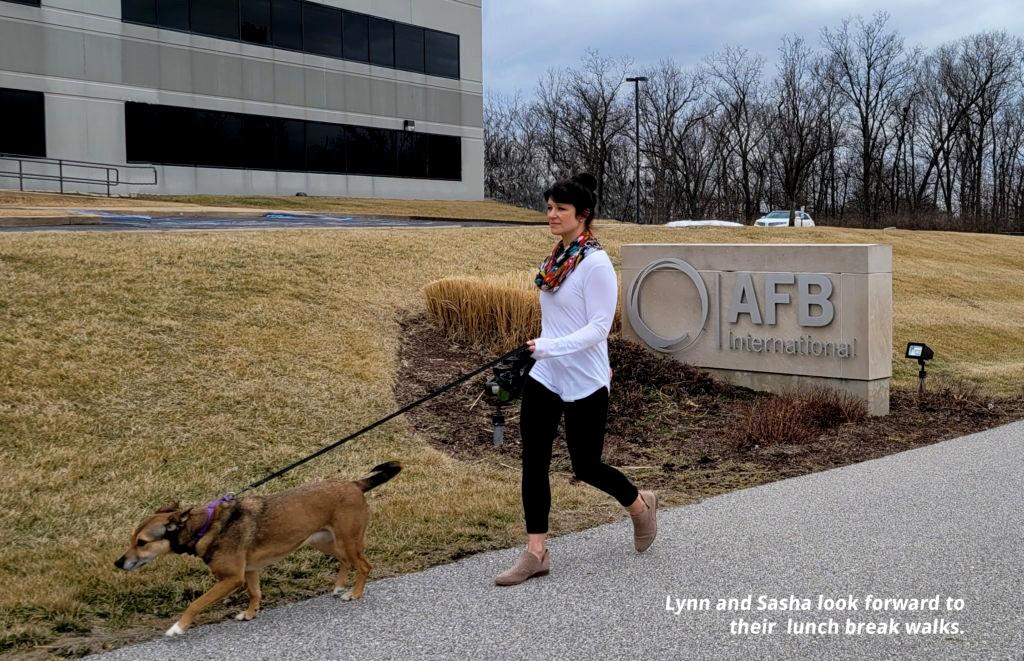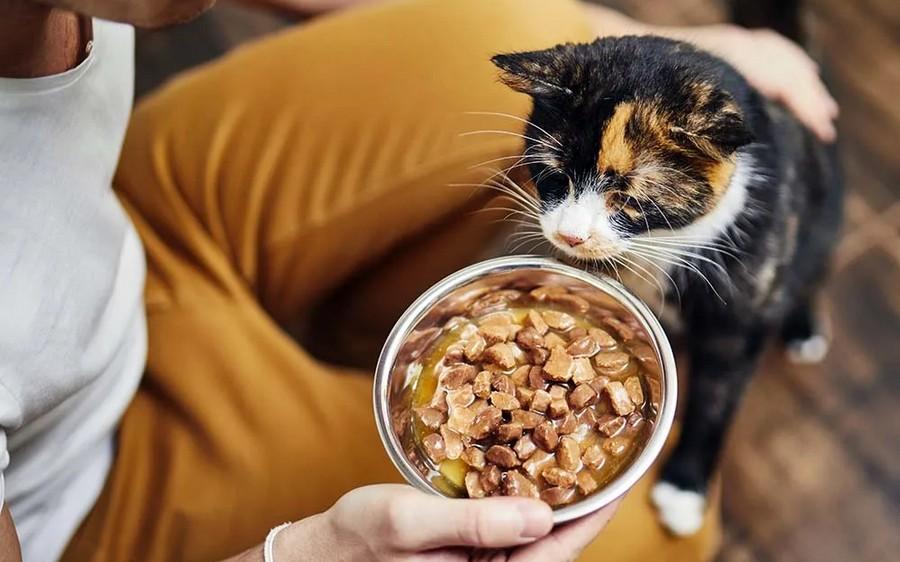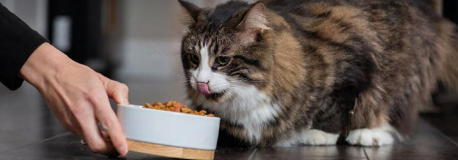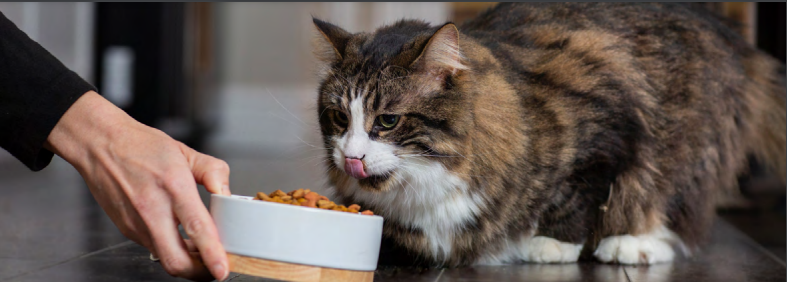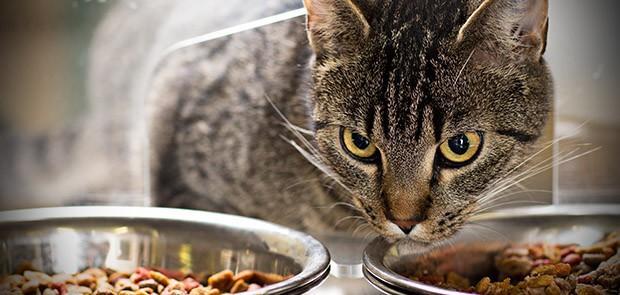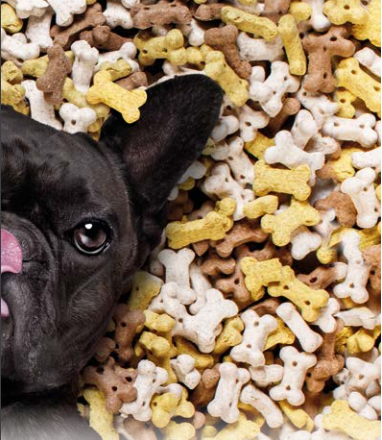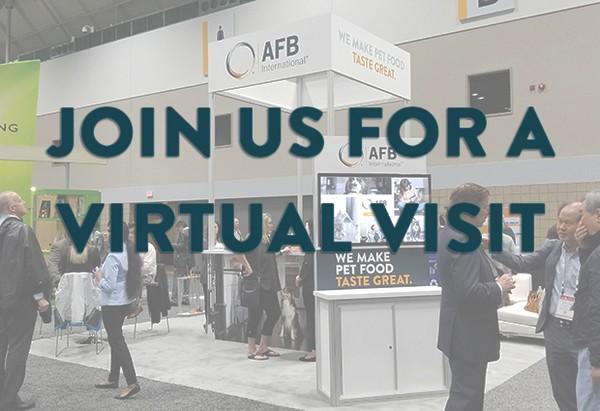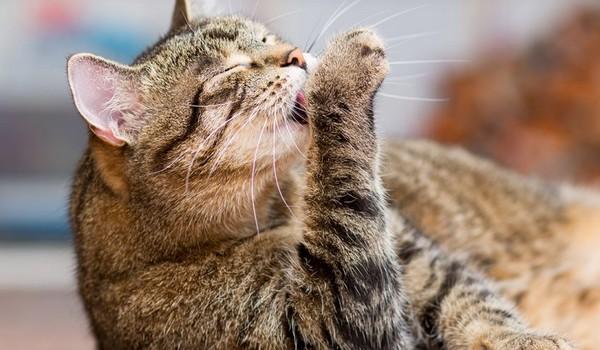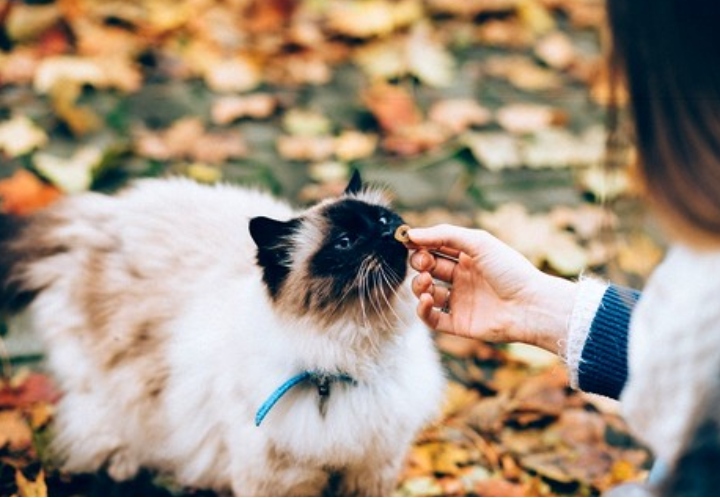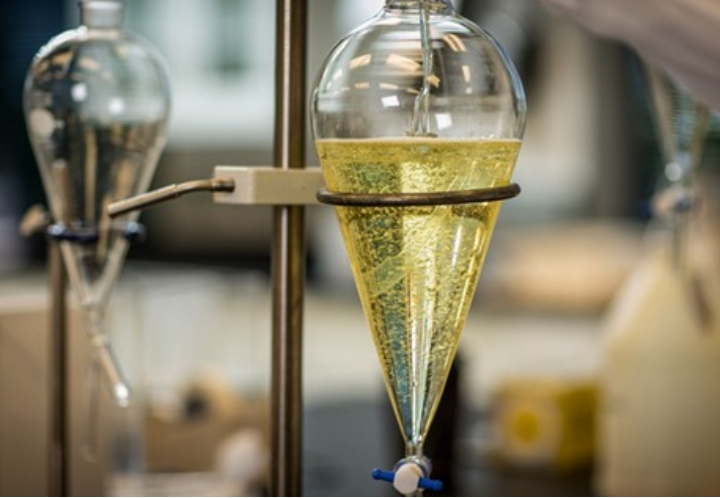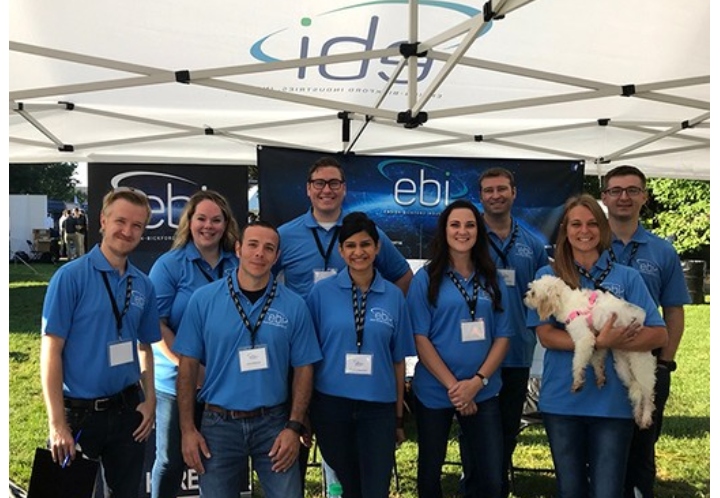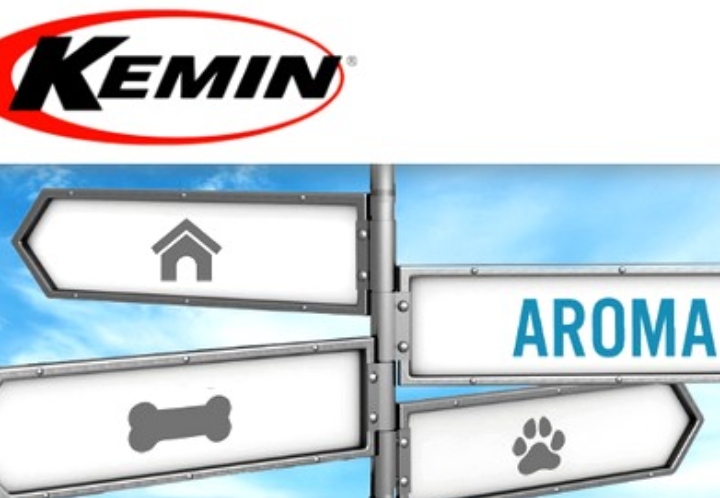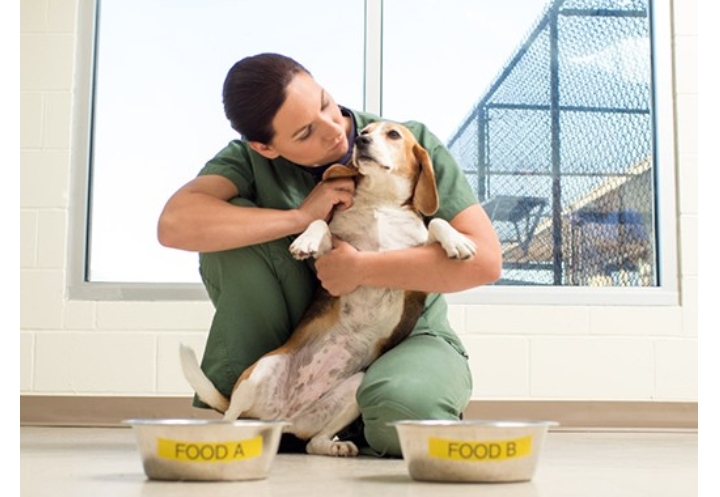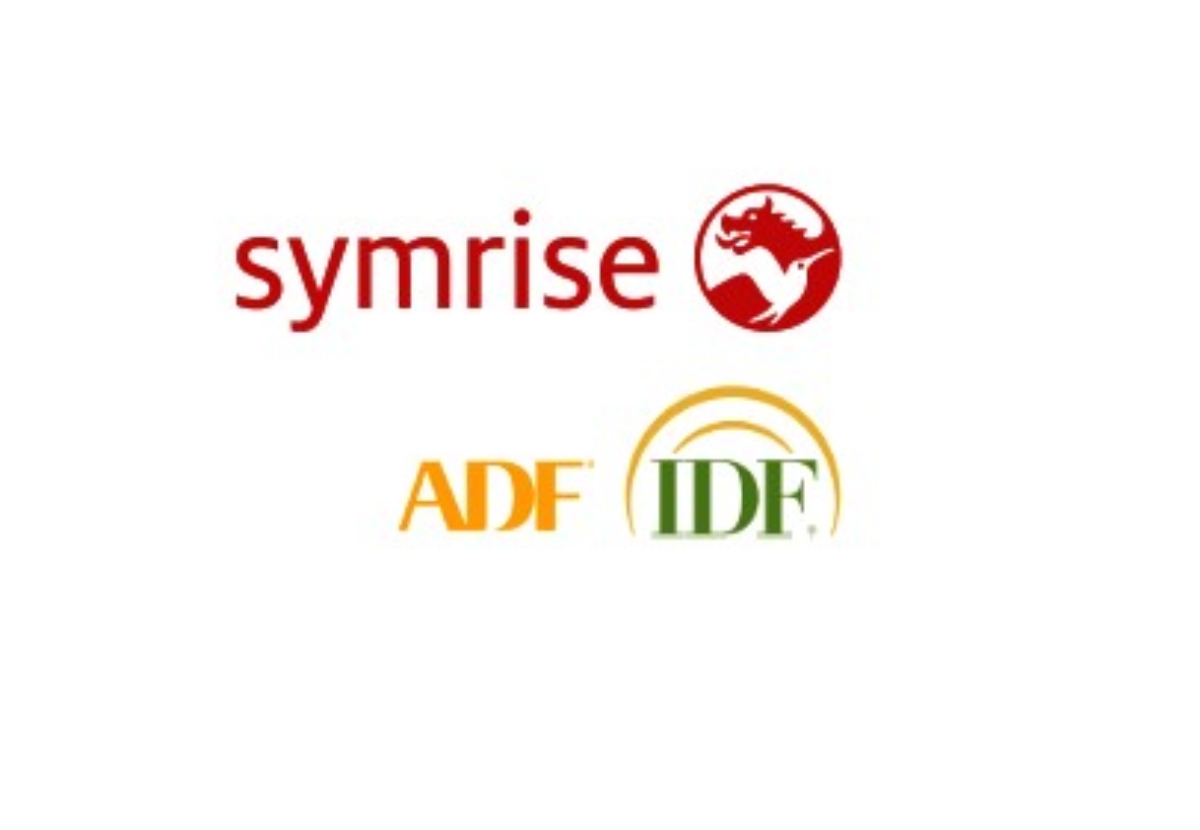09/01/2020
Principles of Pet Food Palatabity
People expend a great deal of effort making food taste good. In pursuit of palatability, we sprinkle spices, use flavorful fats, and choose varying preparation methods. Appetizing foods take center stage at parties, holidays, and family gatherings. We applaud superstar chefs, and dedicate television channels, magazines, websites, and countless books to the subject of pleasurable flavors.
Is it any wonder that our pets respond to food flavors, as well? Instead of food on your plate, consider the fare served in our pets' bowls. A celebration of flavor happens every time a pup bounds to his bowl, or a cat responds to the sound of a can opening. Not only do we want pets to enjoy meal time, we want to ensure they're getting proper nutrition to support a vibrant, healthy life. Just as most people probably won't eat a bowl of wheat germ each morning — no matter how healthy it is — a pet can't be forced to eat a healthy but unpalatable meal.
WHAT ARE PALATANTS?
Palatants are ingredient systems that are specially designed to make pet foods, treats, and supplements taste better, ensuring that pets receive the vital nutrients they need. Palatants entice a pet to consume a food, treat, or supplement that, while nutritious, may be inconsistent with their native diet.
Pet food palatants are widely used in many regions of the world. In particular, large markets exist in regions that have high per household pet food consumption, such as the United States, Australia, France, Japan, and Chile. Dry foods make more frequent use of palatants, and use palatants at higher inclusion rates than wet foods. Wet foods tend to naturally be more palatable due to processing techniques and higher moisture content. Adopting palatants in emerging pet food markets are beneficial to both manuacturers' brands and the pet. As consumption of pre-packaged pet food grows, flavor requirements for the food become more important.
Originally, pet food palatants were referred to as 'digests.' Digests are proteins that are enzymatically broken down and applied to dry foods to provide the sensory impact of meat. Palatants have grown significantly more sophisticated since the days of digest. Today, palatants are as varied as the pet food brands that rely on their use.
PALATANT FORMS
Palatants are available as dry powders and liquids, and as systems that use both dry and liquid components. Some palatants are designed to be applied topically, while others function best when mixed into the kibble or can. Typically, palatants are formulated for either dog or cat foods, but sometimes a palatant works well across diets. The interplay between the kibble or chunk that underpins the food and the palatant is important. Certain kinds of pet food work better with specific kinds of palatants. For instance, richer pet food formulations may utilize mild supporting flavors in lieu of a very strong palatant. The quality of the chunk or kibble is important as well. Even a premium palatant may not be able to significantly improve a very poor quality kibble.
PALATANT SOURCES
Palatants can be meat or vegetable based, and may be designed to meet a variety of claims (grain-free, limited ingredient, non-GMO, natural, low fat, etc.). Palatant components include proteins, yeasts, phosphates, antioxidants, antimicrobials, processing agents, and other ingredients. Palatant protein sources vary depending on desired performance targets, cost requirements, and brand claims. The protein can be vegetable or animal derived.
Vegetable derived proteins come from many sources, including corn, soy, potato, and specialty grains. The desired vegetable protein source often depends on customer-specific needs. Common animal derived proteins are poultry, pork, and fish. A protein source that is available in one region — say kangaroo in Australia — may be considered uncommon in other regions of the world.
Just as meat proteins can come from different animals, they can also come from different parts of the animal. Meatbased protein might come from skin and muscle tissue, or it might come from viscera. Viscera is a meat by-product that generally refers to the soft internal organs from the main cavity of a slaughtered mammal.
PALATANT PERFORMANCE AND APPLICATION
Palatant performances range from economy to mid-level to premium; price points are typically commensurate with performance. The upcharge per ton depends on the application rate, which generally ranges from 1% to 3% for liquid palatants, and 0.5% to 2% for dry palatants.
Great results can be achieved by formulating with best-inclass palatants, particularly when the brand capitalizes on the positioning opportunity that comes with the use of a premium palatant
At the pet food manufacturer, palatants are usually applied topically to kibble in liquid or dry form, or a combination. Liquid and dry powder palatants are commonly applied using a drum coater, spinning disk coater, or a vacuum coater. Topical application methods depend on the chosen palatant system and equipment flexibility.
If both liquid and dry palatants are used, the process will often call for topical application of an oil or fat, followed by the liquid palatant, followed by the dry palatant. For a canned product, palatant may be added on top of the food just before the can is sealed, or it may be mixed directly with the paté, gravy or chunk before canning occurs. Not only have palatants become more sophisticated, the science of pets' tastes and preferences have grown too.
MEASURING FLAVOR PREFERENCES
Pets can't voice their opinions about particular flavor preferences, so it's necessary to discover their preferences in other ways. Pets 'vote' on flavor preference through their consumption of food. The gold standard of consumption testing is a paired comparison, also known as the 'twobowl' test.
In this type of test, the animal is allowed to choose between two bowls of food for a pre-defined amount of time. The animal is observed, and numerous measurements are recorded. Common measures include intake ratio, consumption ratio, first choice, preference, and first approach.
Intake Ratio (IR) measures the amount of one ration consumed divided by the total consumption. The mathematical formula is: Ration A Consumed ÷ (Ration A Consumed + Ration B Consumed). For example, if a dog consumes a total of 400 grams of food, and Ration A comprises 240 grams of the total consumption, the IR for Ration A is 0.60.
Consumption Ratio (CR) compares the consumption of one ration in terms of the other ration. The mathematical example of this formula is Ration A Consumed ÷ Ration B Consumed. If a dog panel ate 1500 grams of Ration A and 1000 grams of Ration B, the CR would be 1.5A.
Both IR and CR account for the fact that total intake may vary from day to day depending on external factors, such as weather or the animal's mood. While the total amount consumed from day to day may change, the IR and CR measures remain valid because external factors would be expected to impact consumption of both rations similarly.
First Choice (FC) measures 'draw' to the bowl, or which ration first attracts the pet to eat. It is expressed as a fraction of animals that ate a particular ration first. For instance, if 15 cats on a 20-cat panel ate Ration A first, Ration A would have a FC of 0.75.
Preference provides insight into significant preferences by individual animals in a group of pet taste testers. If part of the panel has an extreme preference for Ration A, and the balance of the panel has an extreme preference for Ration B, the CR might appear as if the rations have parity palatability.
However, taking a deeper look at Preference data will indicate that the data do not have a normal distribution. First Approach is an observational measure that indicates which bowl the pet first approaches, regardless of whether the pet consumed any of the ration. If a dog approaches Ration A in a two-bowl test, sniffs Ration A, then switches to the Ration B bowl and consumes it, Ration A would still win First Approach.
TESTING PROTOCOLS
Different brands and manufacturers rely on different consumption testing measures, depending on the desired outcome. Some brand teams place importance on the pet racing to the bowl. Others place importance on the bowl being emptied completely. It is important to clearly define the preferred outcome with the palatant provider so the proper palatant is selected.
Though the two-bowl test is the industry standard, users of preference testing data should be aware that there are variations between testing protocols. Some variations include the number of pet participants, the environment, the feeding length, the 'normal' diet of pet participants, the breed of the pet participant, and even the region where the test is run. In addition, there are different ways to test and verify the pet participants' tasting talents.
Some common ways of evaluating an animal's ability to discriminate are to run a set of known tests and evaluate their choices. One such test is an Obvious Test: two products with a known large difference (such as unflavored kibble versus flavored kibble) are compared. The winner of this test should be 'obvious' to the pet. Another common test is an A/A Test, where the same product is placed in both bowls.
In this test, the animal should not show preference for either bowl. If they do, something other than flavor discrimination is driving consumption. Finally, an Application Test, in which different application levels of the same palatant are compared, will evaluate a pet's discrimination ability. This test helps the researcher understand which animals can discern slight differences, and which animals prefer higher or lower flavor applications. Regardless of the kind of tests used, it is important to understand the individual animal's feeding behaviors, and to make sure the pet participants are making consistent feeding choices.
In addition to understanding testing variation, it is important that researchers establish the question they want answered before testing begins so tests can be structured appropriately. For example, a test to indicate whether a new flavor performs better than the existing flavor would be structured differently than a test between a new flavor and a benchmark (typically a primary competitor). The former test answers 'how does the new flavor compare to our current flavor?', which may allow for a 'new and improved' type claim. The latter answers 'how does the new flavor compare to my primary competitor?', which may support a selling strategy or defend a brand's positioning.
EQUAL VS. IDENTICAL
It's important to remember that, even if two products demonstrate palatability parity, it does not mean the two products are identical. It simply means the animal has the same preference for both foods. In fact, the foods could be quite different. For example, say you like pizza and burritos equally. Though you like them to the same degree, the meals are quite different in flavor. In the same way, if the intake ratio between a chicken-flavored diet and a fish-flavored diet is 0.5, it means the pet liked both diets equally, but not that the diets are the same.
Much goes in to ensuring that the fare formulated for pets actually gets eaten by the cats and dogs for which it is created. While applause and rave reviews are not the typical pet responses, wagging tails and insistent mealtime meows are. Palatants make happy mealtimes possible, and help ensure that our beloved cats and dogs get the nutrition they need to be healthy, lifelong companions.
by AFB Imternational
Source: All Extruded
